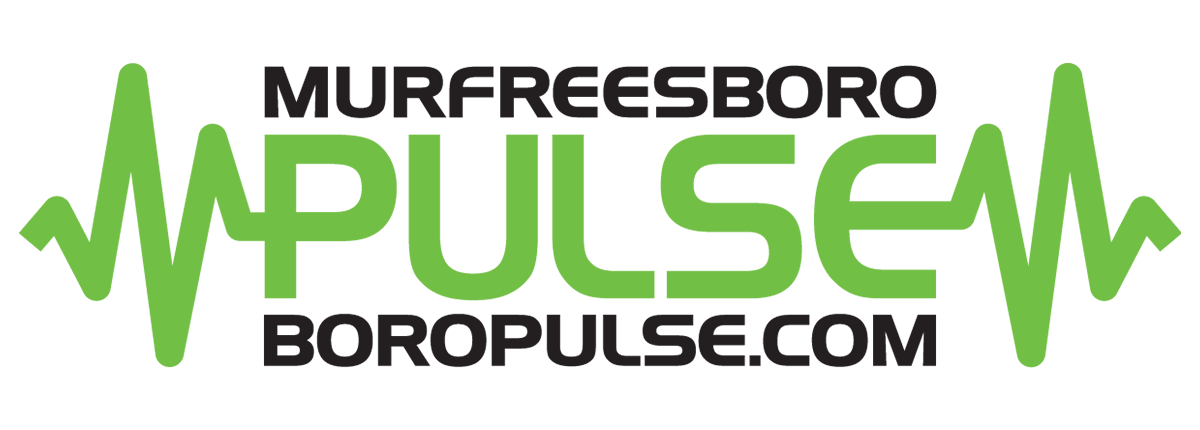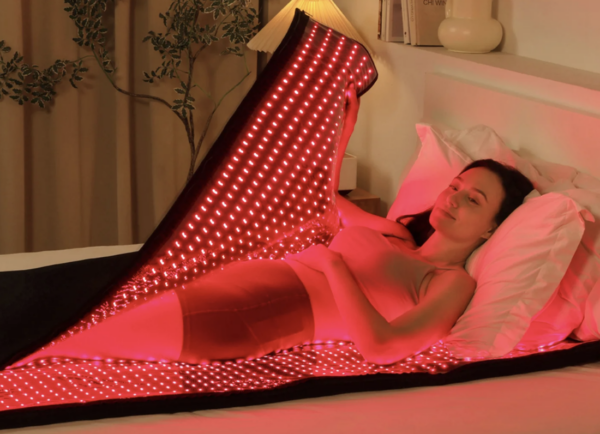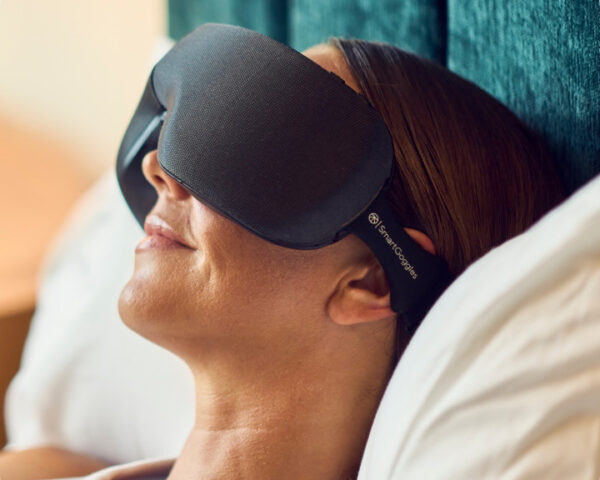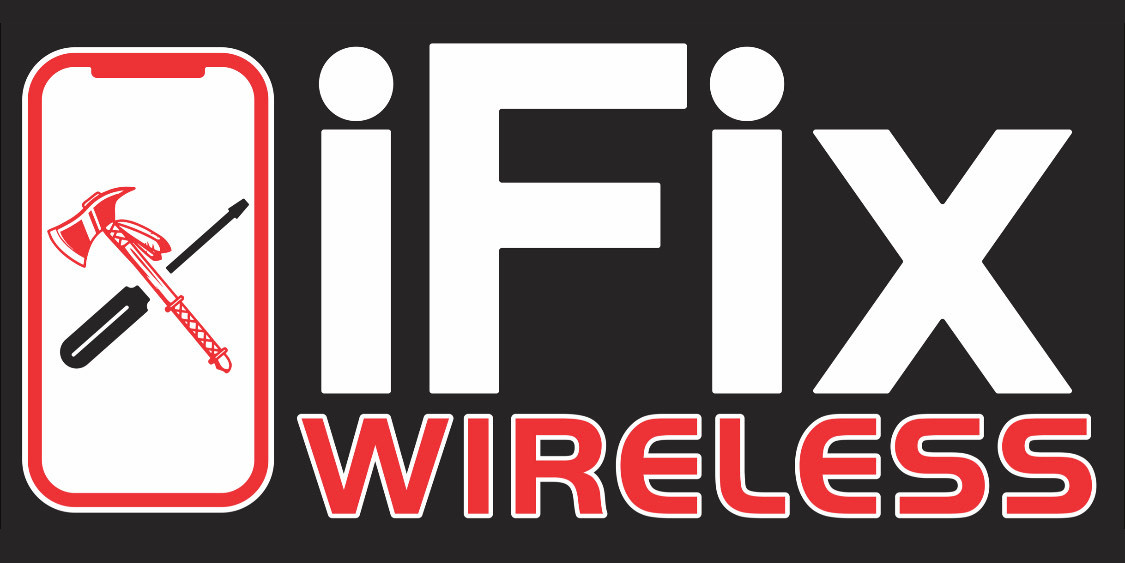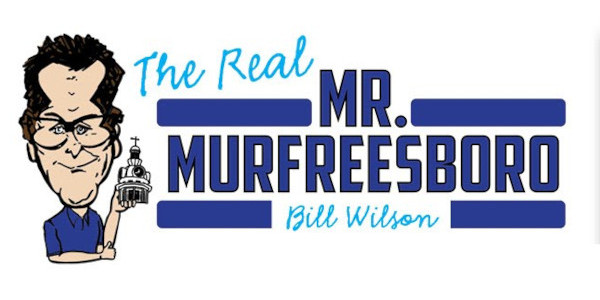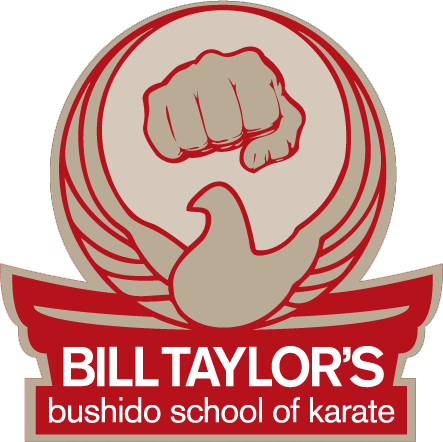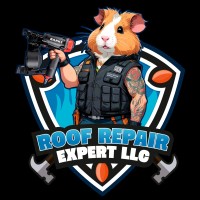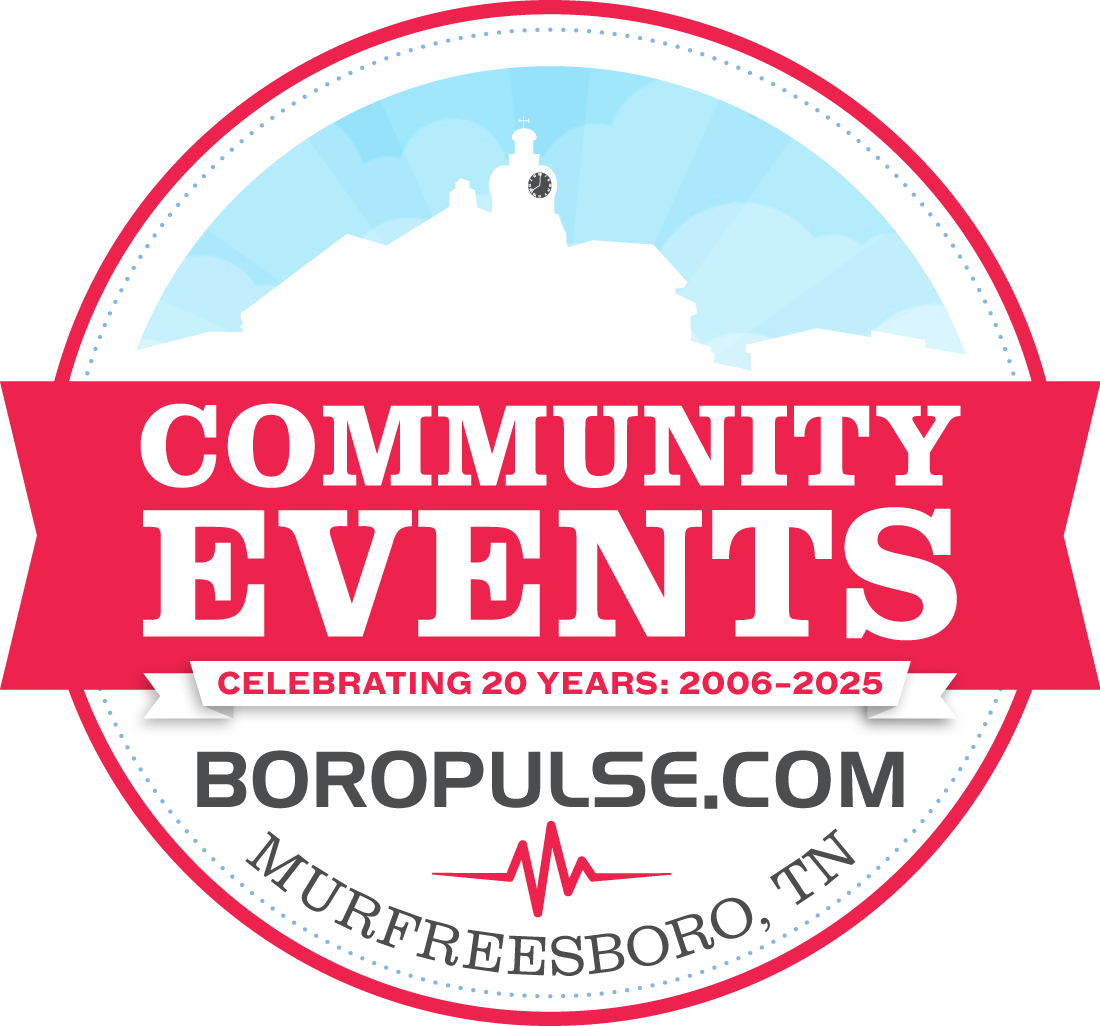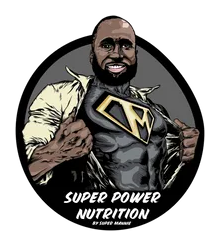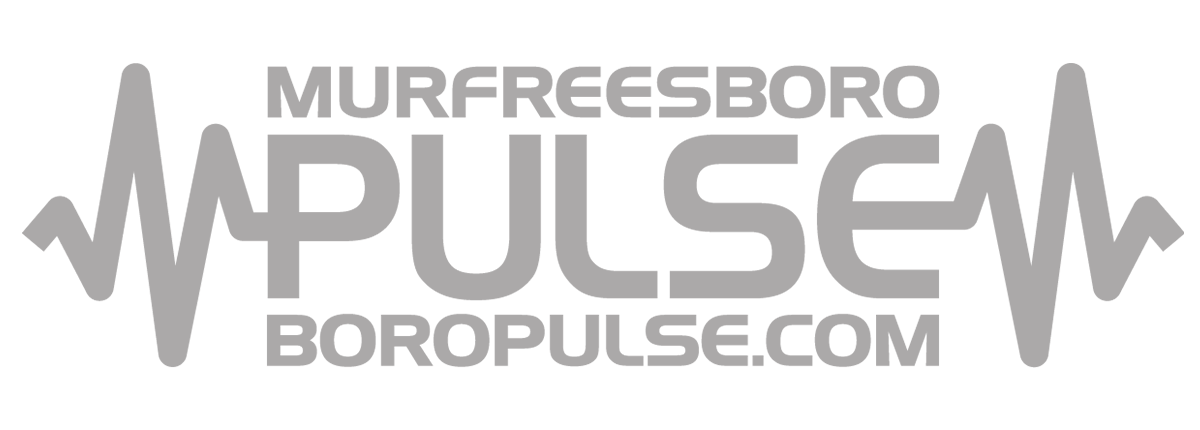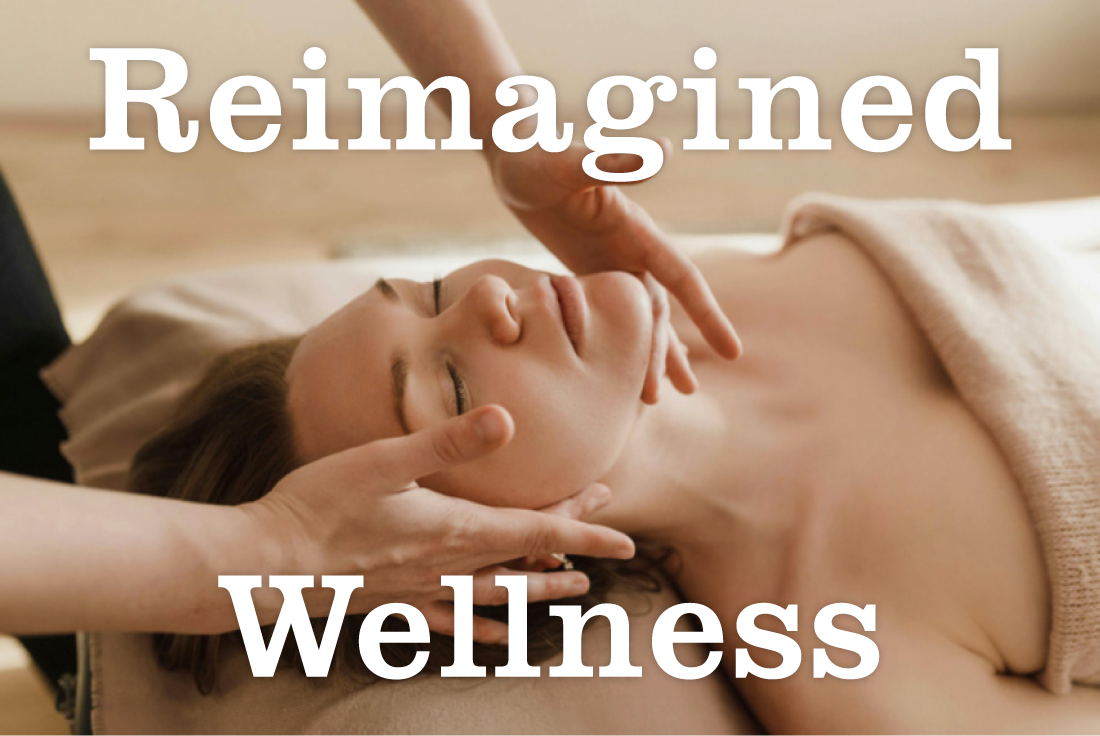
Supportive therapies for making you look and feel better have been around for ages. Many people have not heard of them, however, let alone experienced them. Several franchise-type establishments are springing up that are beginning to highlight many therapies, but most only offer one type per operation. This makes the cost of such treatments rather pricey, which also minimizes the types or number of treatments that an individual can take advantage of. Many are membership-based, which can save you money over time versus singular sessions. But this can end up locking you into treatments that you don’t end up using after the initial enthusiasm wears off.
How do you know what you need, or what would help you the most?
There are lots of health and wellness providers of varying levels, but how many are putting treatments to the test? And how do you know who to trust? Start by doing your research and asking questions. How long have they been in their industry? Where did they get their education, license or certifications? Do they use the treatments they prescribe or recommend, and why? Are personal testimonials available? What are the results that people experience with each kind of therapy?
I am going to highlight some of my favorite “passive” therapies that provide outstanding results when used properly. I consider passive therapies to be those that don’t cause you to exert a lot of physical energy.
Massage
Massage is a passive therapy, but also a mild workout on the muscles—you just aren’t the one exerting the workout. Blood flow, lymph (the body’s natural waste process) and cell regeneration are all stimulated with massage. It is a good practice to soak in a hot bath after you’ve had a massage (just prior to going to bed or resting is optimal), to help minimize soreness and speed muscle recovery.
“Most people have no idea how good their body is designed to feel.” — Kevin Trudeau
Acupressure Mat
Are you familiar with the “bed of nails” that originated over 1,000 years ago, used by gurus for meditation and mind-over-matter demonstrations? A more modern spinoff (and less intimidating) form of the bed of nails is the acupressure mat. The benefits of this therapy are increased blood flow, pain relief and other pleasant bodily sensations. It can minimize stress, improve your mood, boost energy levels, and tone tissue and skin. You can isolate areas to treat or use a combination of mats to work your entire body at once. The static pressure results in release of tense areas, and releases stored toxins. Sessions of 15–25 minutes are optimal.
Infrared LED Light Therapy
Light therapy has been around since the late 19th century. LED light therapy was used by NASA to grow plants in space. Navy SEALS use light therapy to help heal wounds more quickly. The light provides different wavelengths to stimulate powerful healing, repair and regeneration of damaged cells. Red light rejuvenates skin by spurring collagen and elastin fiber growth, smoothing wrinkles, tightening skin, improving skin tone and reducing pigmentation. It supports pain relief, reduces inflammation and enhances skin health. Consistent use is optimal in order to target issues and speed the process of results. Once results are achieved, occasional maintenance is all that is needed. Half-hour sessions for body are recommended; 15–30 minutes for the face.
TheraBody Smart Goggles
Who says you can’t put massage fingers into a tool that works at your command? A great patented tool that offers a blacked-out eye area plus temple massage for relaxation, headache relief, better sleep and stress reduction, this supports deeper relaxation with gentle compression massage targeting forehead, brows and temples. SoundWaves are optional (highly recommend) to add to the mesmeric sensation of being temporarily transported out of your head and into your being. This can be done daily or weekly, with as little as a 10-minute session producing maximum benefits.
“Keeping your body healthy is an expression of gratitude to the whole cosmos—the trees, the clouds, everything.” — Thich Nhat Hanh
Vibrational Toning
Vibrational therapy has a long history dating back to the ancient Greeks. It has evolved over the decades into a more modern and convenient version. It has a low impact on organs, muscles and bones, yet delivers an excellent return on increasing tone and flexibility. Spending 10 minutes on the machine you see in the photo is the equivalent of a 60-minute workout!
With so many options available from convenient to flexible, to affordable and manageable, there are no excuses not to find ways to enhance your well-being. Contact me for additional details on other findings.
___
Massage photo, top, courtesy of Arina Kransnikova / Pexels

